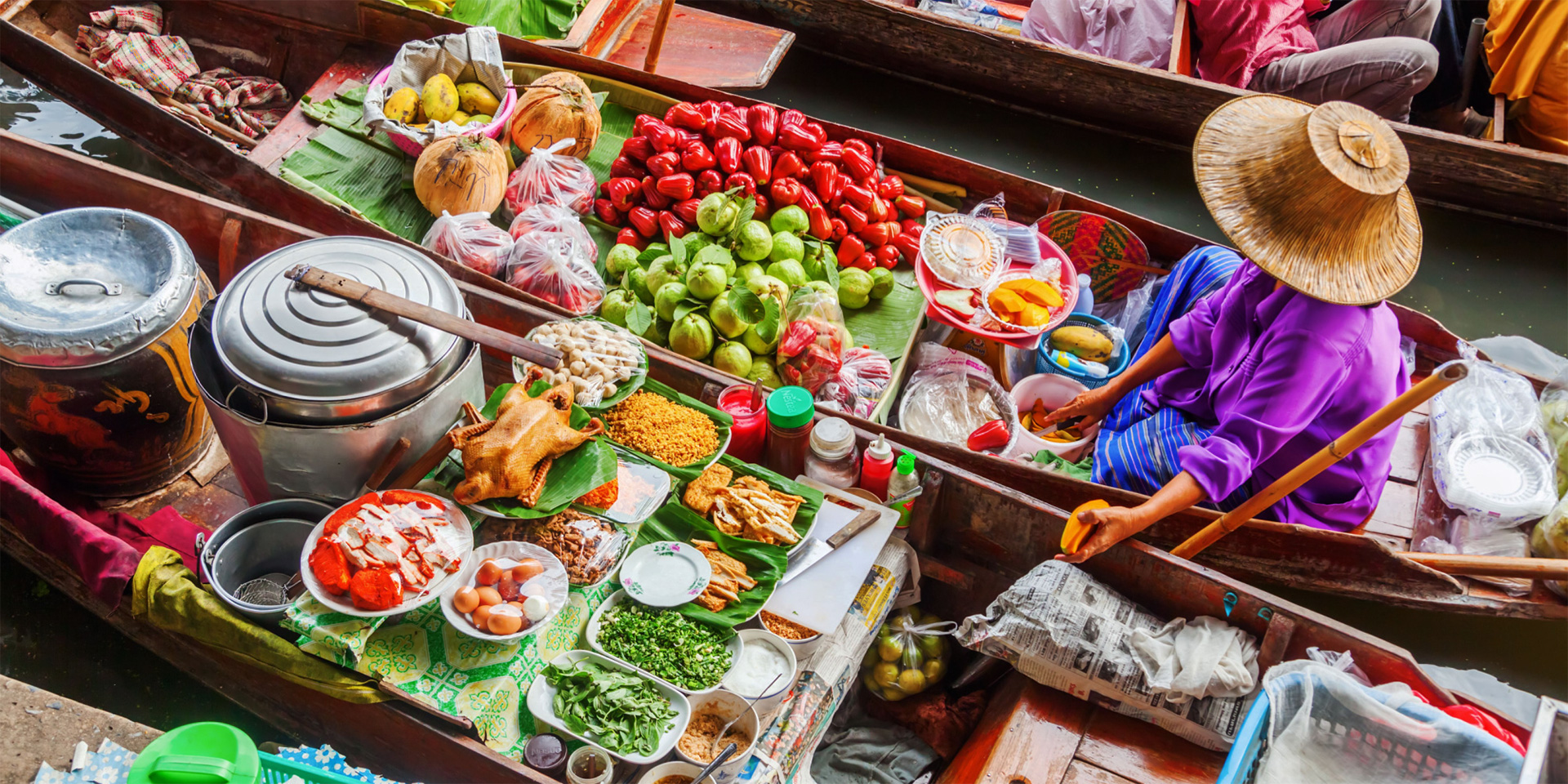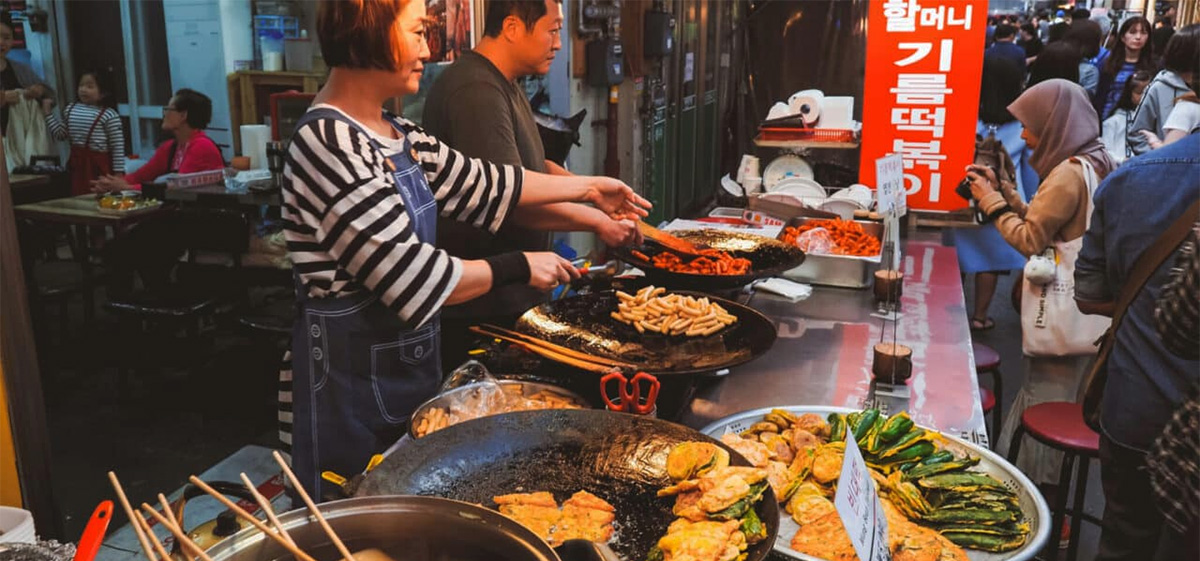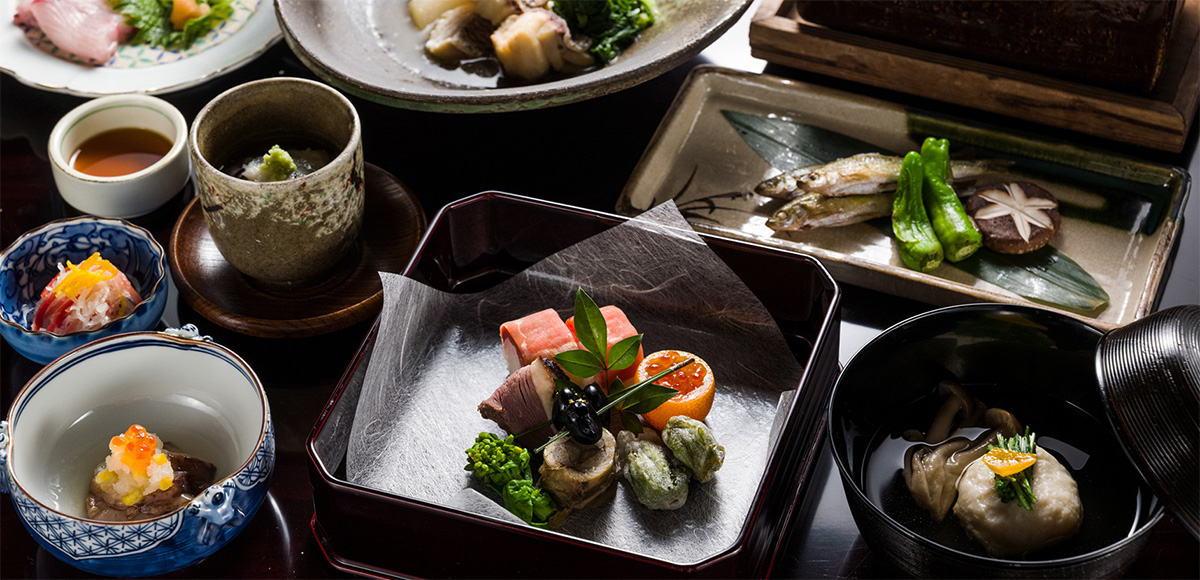
How Local Cuisine Reflects City’s History and Culture
Local cuisine reflects a city’s history and culture by showcasing the evolution of food and flavors over time. It is a testament to the various influences and changes that have shaped the city throughout its existence. Traditional food represents a city’s cultural identity, and by supporting local restaurants and chefs, you contribute to preserving these culinary traditions for future generations. Migrant communities contribute to the richness and diversity of local cuisine, adding unique flavors and techniques that can offer valuable insights into the city’s cultural tapestry.
As cities modernize and globalize, their local cuisine adapts to accommodate new ingredients and techniques while still maintaining its traditional roots. This balance between the past and present offers a unique and enriching dining experience that allows you to appreciate the city’s history and culture through its food.
To fully immerse yourself in a city’s local cuisine, consider investing in a comfortable and supportive mattress to enhance your dining and relaxation experiences. This can help you better appreciate the diverse flavors and rich culinary history that each city has to offer.
How Does The Evolution Of Local Cuisine Mirror A City’S Historical Changes?
Local cuisine often reflects a city’s history and culture by incorporating traditional ingredients, cooking techniques, and flavors that have been passed down through generations. The evolution of local cuisine mirrors a city’s historical changes as new influences and ingredients are introduced through trade, migration, and globalization.
In many cities, local cuisine is a testament to the diverse culinary traditions that have shaped the region over time. For example, the dishes of New Orleans reflect its French, Spanish, African, and American influences, while the cuisine of New York City is a melting pot of flavors from around the world.
As a city evolves, so does its local cuisine. New ingredients and cooking techniques are often adopted as trade routes expand and new culinary ideas are introduced. This can be seen in the evolution of Italian cuisine, where the introduction of tomatoes, potatoes, and chili peppples from the Americas in the 15th century led to the development of new dishes and flavors.
Additionally, the history and culture of a city can be seen in the way local cuisine is prepared and presented. For instance, the traditional Japanese tea ceremony is not only a celebration of the tea itself but also a reflection of Japanese aesthetics, hospitality, and attention to detail.
In essence, local cuisine is a living, evolving representation of a city’s history and culture. By examining the ingredients, techniques, and traditions that shape a city’s culinary landscape, we can gain a deeper understanding of the forces that have shaped its past and present.
Ultimately, local cuisine reflects the city’s history and culture through its ingredients, flavors, and cooking techniques, while the evolution of local cuisine mirrors a city’s historical changes by incorporating new influences and ingredients.
In What Ways Does Traditional Food Represent A City’S Cultural Identity?

Local cuisine reflects a city’s history and culture by showcasing the unique flavors, ingredients, and cooking techniques that have been passed down through generations. It serves as a culinary history book, illustrating the city’s past and present, and the people who inhabit it.
In many cities, traditional food represents a city’s cultural identity by incorporating local ingredients and traditional cooking methods. These dishes often hold deep cultural significance and are cherished by both locals and visitors alike. For example, the paella from Valencia, Spain, represents the city’s history as a hub for rice production and the fusion of various cultural influences.
Furthermore, local cuisine can also provide insight into the social and economic history of a city. In some cases, the availability of certain ingredients or the popularity of specific dishes can reflect the city’s trade relationships or the impact of colonialism. For instance, the Caribbean cuisine is a melting pot of flavors from Africa, Europe, and Asia, reflecting the region’s history of colonization and trade.
In addition to representing a city’s history and culture, traditional food also serves as a way to preserve and celebrate the local heritage. By supporting local restaurants and chefs, people can help ensure that these culinary traditions continue to thrive.
Ultimately, local cuisine reflects the city’s history and culture in various ways, from the ingredients and cooking techniques used to the stories and traditions behind each dish. Traditional food represents a city’s cultural identity by preserving its unique flavors and stories for future generations to enjoy and learn from.
How Do Migrant Communities Influence The Local Cuisine In A City?
Local cuisine often reflects a city’s history and culture by incorporating traditional ingredients, cooking techniques, and flavors that have been passed down through generations. This unique blend of culinary heritage creates a sense of identity and pride for the city and its residents.
In addition to reflecting a city’s history and culture, local cuisine can also be influenced by migrant communities. These communities bring their own flavors, ingredients, and cooking styles to the city, enriching the local culinary scene and creating new, fusion dishes that reflect the city’s diverse population.
For example, in a city with a rich history of spice trade, you might find dishes featuring a variety of spices that have been used for centuries in the local cuisine. As migrant communities move to the city, they may introduce new spices or flavor combinations that are popular in their home countries, resulting in dishes that blend traditional and contemporary tastes.
Similarly, in a city with a large immigrant population, you may find that local restaurants and food vendors incorporate ingredients and cooking techniques from the immigrants’ home countries. This fusion of culinary traditions can lead to innovative and delicious dishes that represent the city’s diverse cultural makeup.
In essence, local cuisine reflects the city’s history and culture through the use of traditional ingredients and cooking techniques, while also being influenced by the diverse communities that call the city home. These influences create a rich tapestry of flavors and culinary experiences that make a city’s cuisine truly unique and special.
What Role Does Local Cuisine Play In Preserving A City’S Historical Heritage?

Local cuisine is an essential aspect of a city’s history and culture, as it reflects the culinary traditions, ingredients, and cooking techniques that have evolved over time. The unique combination of flavors, spices, and dishes in a city’s cuisine often tells a story about the region’s history, geography, and people.
For instance, the spicy flavors of Indian cuisine are a reflection of the country’s long history of trade and cultural exchange, while the seafood-centric cuisine of coastal cities like Lisbon, Portugal, showcases the importance of maritime traditions in the area. Local cuisine also often incorporates ingredients that are native to the region, such as the use of avocado in Mexican dishes or the abundance of seafood in Japanese cuisine.
In preserving a city’s historical heritage, local cuisine plays a crucial role. By promoting traditional dishes and ingredients, cities can maintain a connection to their past and share their unique culinary stories with both locals and visitors. This helps to create a sense of identity and pride among residents and can even contribute to the local economy through tourism.
Moreover, local cuisine is an important element of cultural exchange and understanding. By learning about and experiencing the culinary traditions of a city, visitors can gain a deeper appreciation for the history, culture, and people that have shaped it. In essence, local cuisine is not only a delicious reflection of a city’s history and culture but also a powerful tool for preserving and promoting its heritage.
How Has The Local Cuisine Adapted To Reflect The City’S Modernization And Globalization?
Local cuisine often serves as a mirror that reflects the history and culture of a city. In many cases, traditional dishes and ingredients have been passed down through generations, incorporating the flavors and techniques that have shaped the region’s culinary identity. For instance, in cities with a rich history of trade and immigration, such as New York City, the local cuisine is a melting pot of flavors and influences from around the world. This fusion of culinary traditions creates a unique dining experience that is both representative of the city’s past and its multicultural present.
As cities modernize and globalize, their local cuisine also adapts to stay relevant and competitive. Restaurants and chefs often incorporate new ingredients and techniques from around the world, fusing them with traditional recipes to create innovative dishes that reflect the city’s evolving culinary landscape. This can be seen in cities like Tokyo, where traditional Japanese cuisine is blended with modern culinary techniques and global flavors to create a cutting-edge dining scene.
In some cases, local cuisine may also reflect the city’s political climate or social issues. For example, in cities with a growing awareness of environmental sustainability, local chefs may prioritize using locally sourced, seasonal ingredients to minimize their carbon footprint. This not only supports the local economy but also reflects the city’s commitment to environmental responsibility.
In essence, local cuisine serves as a tangible representation of a city’s history, culture, and current state. As cities evolve and adapt to the modern world, their local cuisine also adapts, reflecting the city’s changing values and priorities. Ultimately, the local cuisine of a city is a living testament to its unique history and the diverse influences that have shaped it over time.
